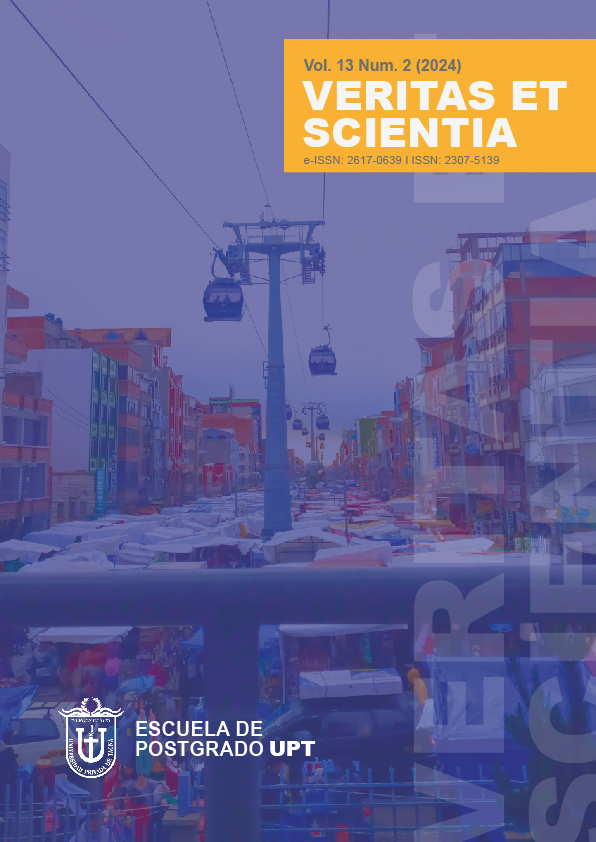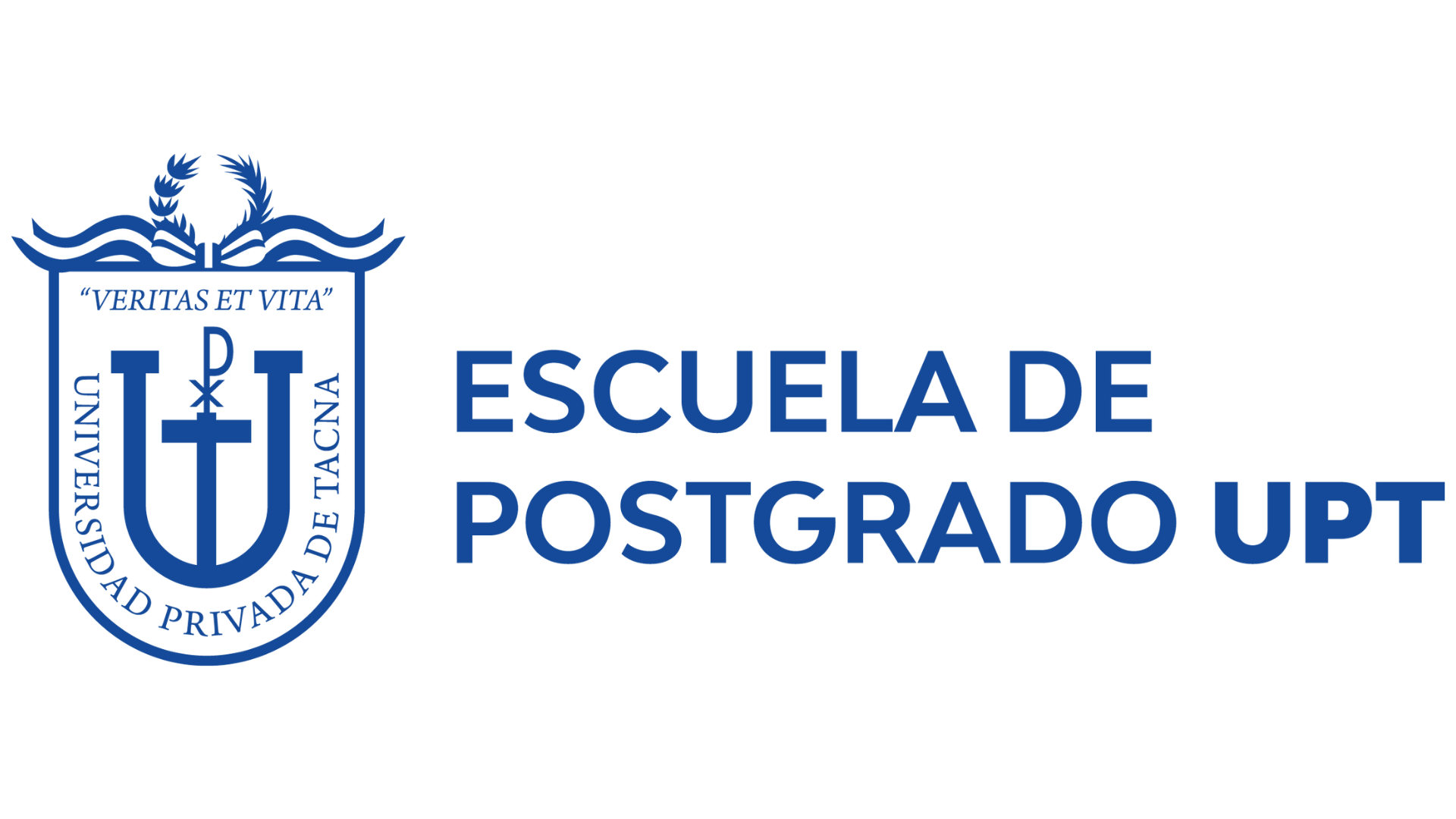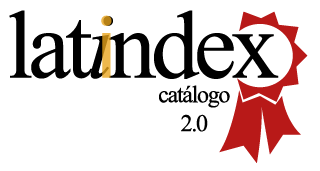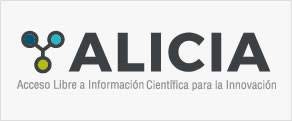Estudiantes LGBTIQ+ en Instituciones de Educación Superior: Hallazgos y Tendencias
DOI:
https://doi.org/10.47796/ves.v13i2.1143Palabras clave:
Estudiantes, Colectivo LGTBIQ+, Educación Superior, Inclusión, ExclusiónResumen
El objetivo de este artículo es identificar las principales tendencias sobre la experiencia de los estudiantes de la comunidad LGTBIQ+ en su tránsito por instituciones de educación superior en Latinoamérica. Utilizando una metodología cualitativa documental y de revisión sistemática de la información, se realizó una búsqueda en bases de datos como Google Académico, Scielo, Redalyc y Scopus, abarcando publicaciones en revistas científicas entre 2014 y 2024, de los cuales se seleccionaron y revisaron mediante una matriz de análisis un total de 26 artículos. La investigación revela que, a pesar de que las universidades se presentan como espacios inclusivos, los estudiantes LGBTIQ+ siguen enfrentando una realidad contradictoria. Por un lado, los estudiantes son objeto de violencia y prácticas discriminatorias tanto abiertas como sutiles; y además consideran que las instituciones no cuentan con mecanismos efectivos para prevenir y abordar la discriminación. Y por el otro, perciben a las universidades como espacios de mayor inclusión y aceptación en contraste con otros ámbitos de su vida y niveles educativos previos. Aunque han desarrollado estrategias resilientes, persisten barreras estructurales, como currículos poco diversos y trámites administrativos que no consideran las diversidades sexuales, señalando la necesidad de políticas y acciones más efectivas para garantizar su inclusión.
Descargas
Publicado
Cómo citar
Número
Sección
Licencia
Derechos de autor 2024 Raúl Nava Cruz

Esta obra está bajo una licencia internacional Creative Commons Atribución 4.0.












